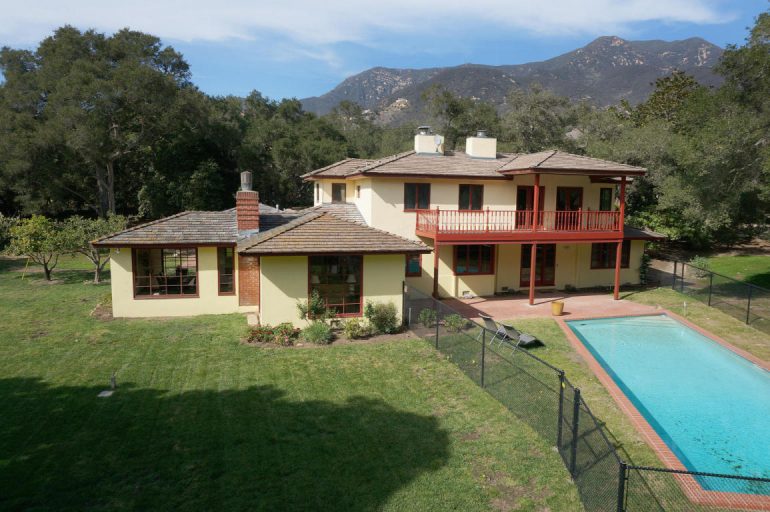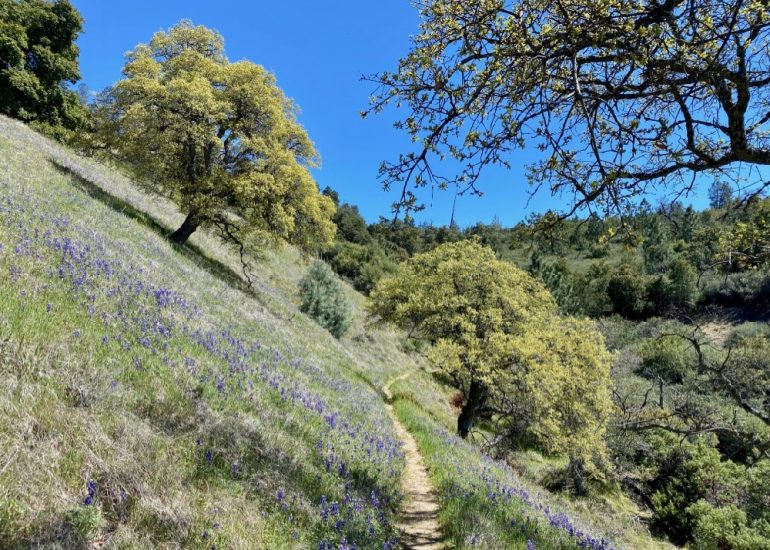••• The closure of Los Padres National Forest, including the front-country trails, has been extended again, this time through October 1. Above: La Jolla Trail.
••• After the state said it was OK, the county allowed nail salons and “physician-ordered electrolysis” to reopen indoor operations.
••• The Montecito Board of Architectural Review agenda for October 1 includes two new houses—280 Butterfly Lane and 2145 Alisos Drive—that will involve demolition of the existing structures. The photos below might be out of date.


••• From the city: “Through October 5, the City of Santa Barbara Fire Department will be conducting fuels reduction at Skofield Park using sheep to graze overgrown vegetation. Approximately 100 sheep will spend the next 2 weeks thinning overgrowth on 7 acres in the southern section of the park.”
••• Sansum Clinic CEO Kurt Ransohoff sent out another of his well-written updates on the Covid-19 situation. You can read it here.
••• You may recall that I encouraged you to contact our state representatives to urge them to support A.B. 1788, a bill banning anticoagulant rat poison, which kills much more than rats in a horrible way. (If you have bait boxes on your property, you’re part of the problem.) The bill is now with Governor Newsom, so if you’re feeling inclined, give his office a call at 916-445-2841. (And yes, I did.) P.S. Don’t look at the second image below if you’re not prepared to see what the poison does.
················
Sign up for the Siteline email newsletter and you’ll never miss a post.


















Comment: